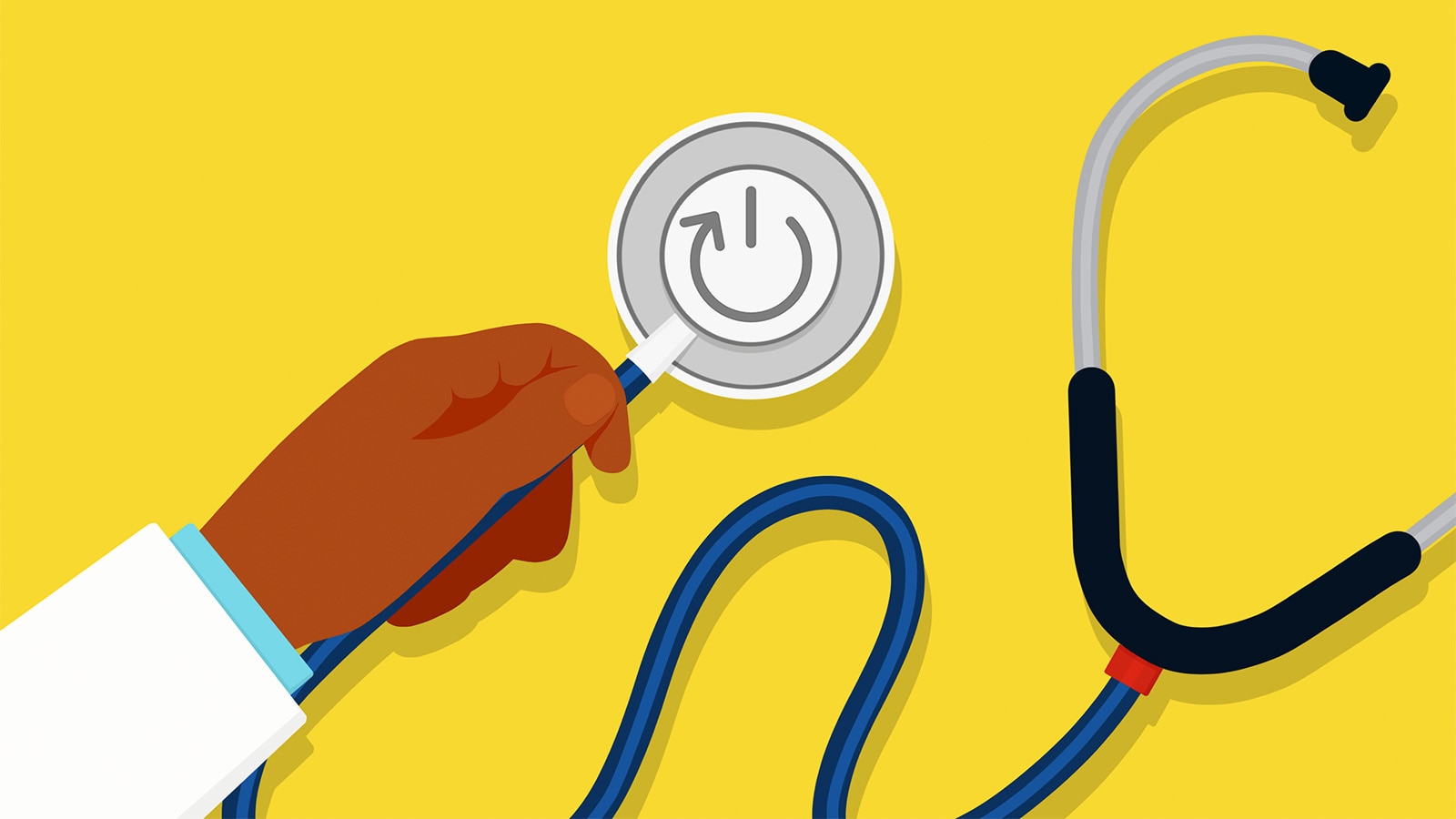Over the last five years, the use of retail clinics has grown 200%. And in a survey by the Deloitte Center for Health Solutions last year, 55% of all consumers said they were open to using a retail clinic for preventive care.
“MinuteClinic started out in 2000 as a provider of minor acute care, and its journey has been one of expanding scope,” says Fairchild. “Now we’re enabling primary care level of services, especially in the preventive care domain.” That now includes more than 125 preventive care services, delivered by nurse practitioners and physician assistants/associates. With their extended weekend and evening hours and 24/7 virtual care options, retail clinics can offer an element of convenience over traditional doctor’s offices.
During the pandemic, the public use of retail clinics and pharmacies skyrocketed as destinations for testing, vaccines and routine care. MinuteClinic saw more than 5.5 million patient visits in 2022, making CVS Health one of the largest providers of episodic care in the United States. Accessibility, extended hours and the growth of virtual care may be a big part of that shift.
The 2022 Health Care Insights study from CVS Health showed that most Americans say convenience is the most important factor when choosing their primary care provider. For those who don’t have a primary care provider — which is one in four adults and nearly half of those under age 30 — retail sites of care offer an attractive alternative.
“It’s increasingly apparent that there’s a huge role in preventive services for other providers, such as nurse practitioners and physician assistants. They complement what happens with a primary care physician in a way that makes it convenient for patients,” says Fairchild. MinuteClinic practitioners can help patients understand what services they might need, even if they come in for another problem. “They may initially come in for strep throat, but we can then let them know that they can get other preventive services such as a flu shot when they’re feeling better,” he says.
Retail health clinics can also offer critical preventive interventions in chronic disease management. A 52-year-old patient recently discharged from the hospital came into a CVS Pharmacy® with a new blood pressure prescription. The problem: He couldn’t book an appointment with a primary care provider for three months and only had a 30-day prescription. After a physical exam, MinuteClinic practitioners not only extended his initial prescription but also supplemented it with a second.
Pharmacists become prevention players
Pharmacies are another retail health care provider that took on a broader role for consumers during the pandemic, says Sandra Leal, Vice President, Pharmacy Practice Innovation and Advocacy, CVS Health. “The public health emergency showed that pharmacists can do more than simply dispense medications. They can be access points for testing, vaccines and even treatment,” Leal says.
Before the pandemic, many states were already giving pharmacists more expansive roles. Some states allow pharmacists to prescribe oral contraceptives (a service offered through CVS Pharmacy at 1,800 locations). Almost two dozen states allow pharmacists to prescribe drugs that can prevent HIV infection, and some allow them to prescribe smoking cessation medications. And two states allow pharmacists to prescribe cholesterol medications to certain high-risk patients.
A national turning point was the government’s Test to Treat initiative launched in 2022. It allows pharmacists to evaluate COVID-19 positive patients and, if they are eligible, prescribe the oral anti-viral Paxlovid. This first-of-its kind effort allows all pharmacists to assess patients and prescribe treatment, giving patients quick access to the medication, which needs to be taken within days of symptoms beginning to be effective.
“COVID-19 treatment is just one example of an expanded service that pharmacists can do,” Leal says. “Given added flexibility and authority, pharmacists can even assist patients with screening, monitoring, education and referral, if needed, for diabetes, behavioral health issues or cardiovascular conditions.”
Pharmacies are widely accessible, within five miles of 90% of Americans. Research from CVS Health shows that 61% of U.S. adults say they would like to be able to get a greater range of health services from their local pharmacy.* And 60% report visiting a pharmacy at least once a month, a frequency that provides the pharmacist with more touchpoints to connect with and educate patients, Leal says.






